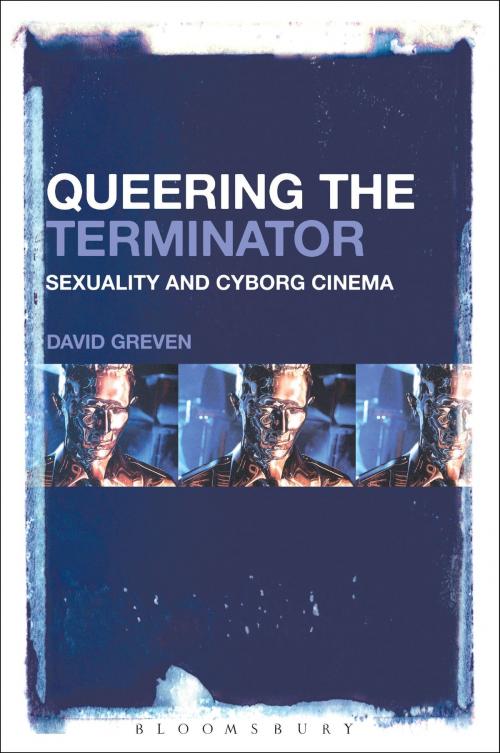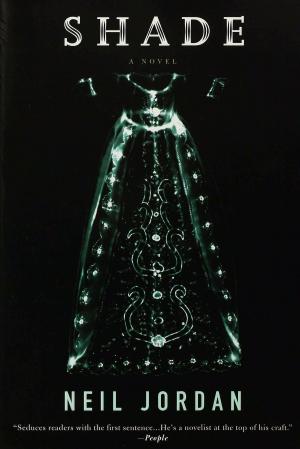Queering The Terminator
Sexuality and Cyborg Cinema
Nonfiction, Entertainment, Film, History & Criticism, Performing Arts, Social & Cultural Studies, Social Science, Gender Studies| Author: | David Greven | ISBN: | 9781501322372 |
| Publisher: | Bloomsbury Publishing | Publication: | June 15, 2017 |
| Imprint: | Bloomsbury Academic | Language: | English |
| Author: | David Greven |
| ISBN: | 9781501322372 |
| Publisher: | Bloomsbury Publishing |
| Publication: | June 15, 2017 |
| Imprint: | Bloomsbury Academic |
| Language: | English |
The Terminator film series is an unlikely site of queer affiliation. The entire premise revolves around both heterosexual intercourse and the woman's pregnancy and giving birth. It is precisely the Terminator's indifference to both that signifies it as an unimaginably inhuman monstrosity. Indeed, the films' overarching contention that humanity must be saved, rooted as it is in a particular story about pregnancy and birth that exclusively focuses on the heterosexual couple and the family, would appear to put it at odds with the political stances of contemporary queer theory. Yet, as this book argues, there is considerable queer interest in the Terminator mythos.
The films provide a framework for interpreting shifting gender codes and the emergence of queer sexuality over the period of three decades. Significantly, the series emerges in the Reagan 80s, which marked a decisive break with the sexual fluidity of the 70s. As a franchise and on the individual basis of each film, The Terminator series combines both radical and reactionary elements. Each film reflects the struggles over gender and sexuality specific to its release. At the same time, the series foregrounds the intersection of technology and gender that has become a definitive aspect of contemporary experience. A narrative organized around a conservative view of female sexuality and the family, the Terminator myth is nevertheless a richly suggestive narrative for queer theory and gender studies.
The Terminator film series is an unlikely site of queer affiliation. The entire premise revolves around both heterosexual intercourse and the woman's pregnancy and giving birth. It is precisely the Terminator's indifference to both that signifies it as an unimaginably inhuman monstrosity. Indeed, the films' overarching contention that humanity must be saved, rooted as it is in a particular story about pregnancy and birth that exclusively focuses on the heterosexual couple and the family, would appear to put it at odds with the political stances of contemporary queer theory. Yet, as this book argues, there is considerable queer interest in the Terminator mythos.
The films provide a framework for interpreting shifting gender codes and the emergence of queer sexuality over the period of three decades. Significantly, the series emerges in the Reagan 80s, which marked a decisive break with the sexual fluidity of the 70s. As a franchise and on the individual basis of each film, The Terminator series combines both radical and reactionary elements. Each film reflects the struggles over gender and sexuality specific to its release. At the same time, the series foregrounds the intersection of technology and gender that has become a definitive aspect of contemporary experience. A narrative organized around a conservative view of female sexuality and the family, the Terminator myth is nevertheless a richly suggestive narrative for queer theory and gender studies.















